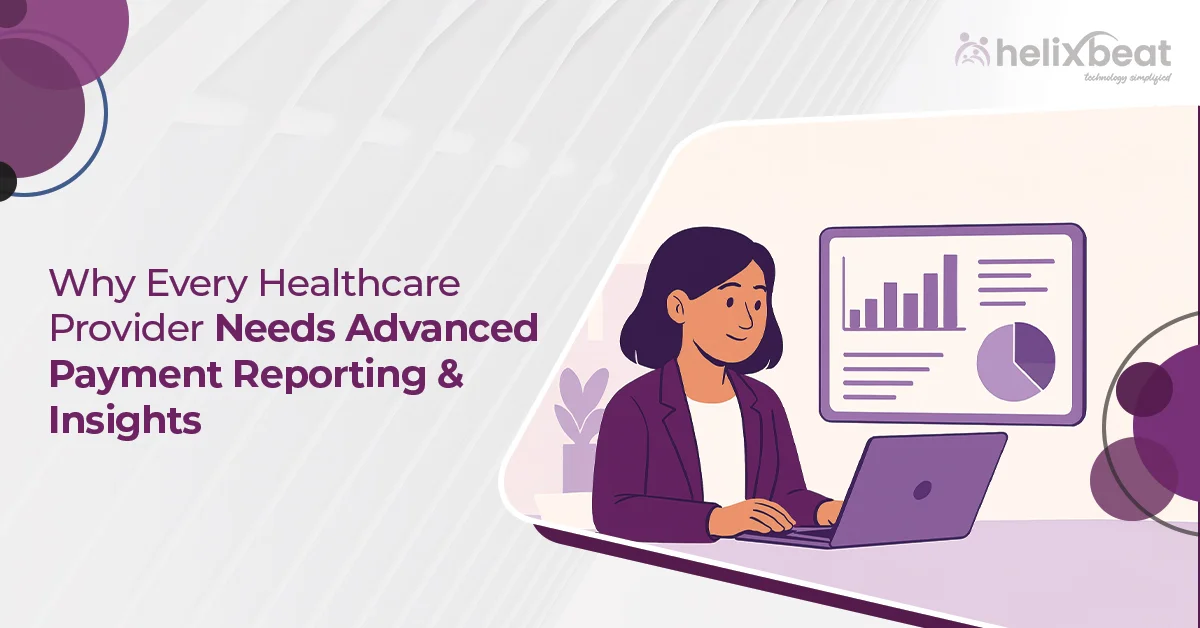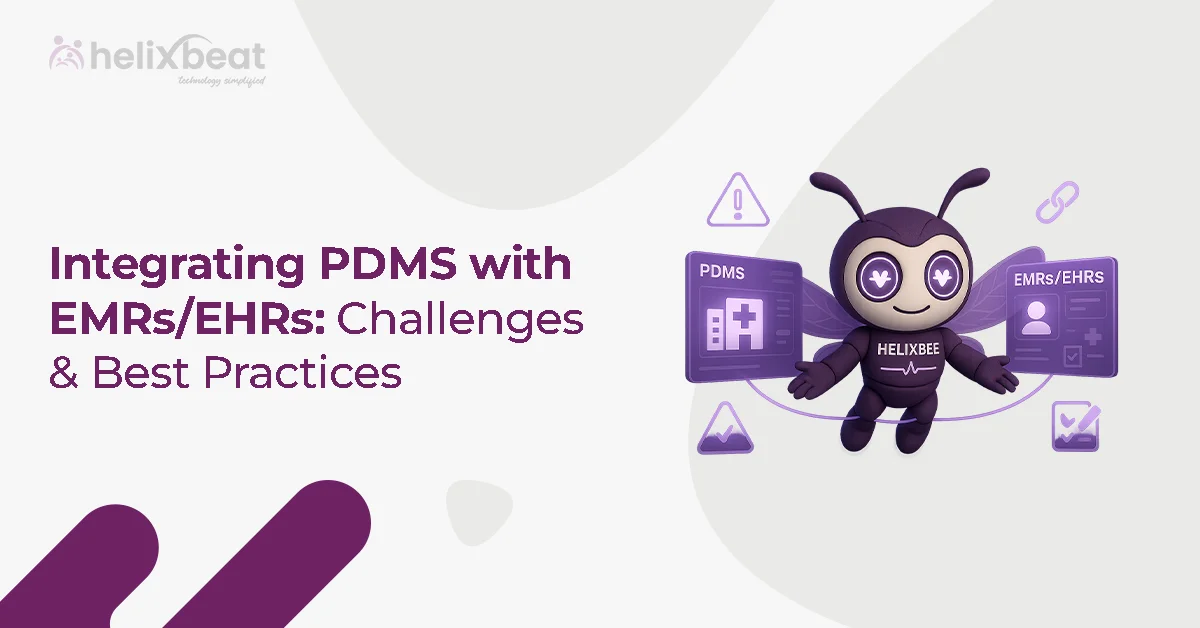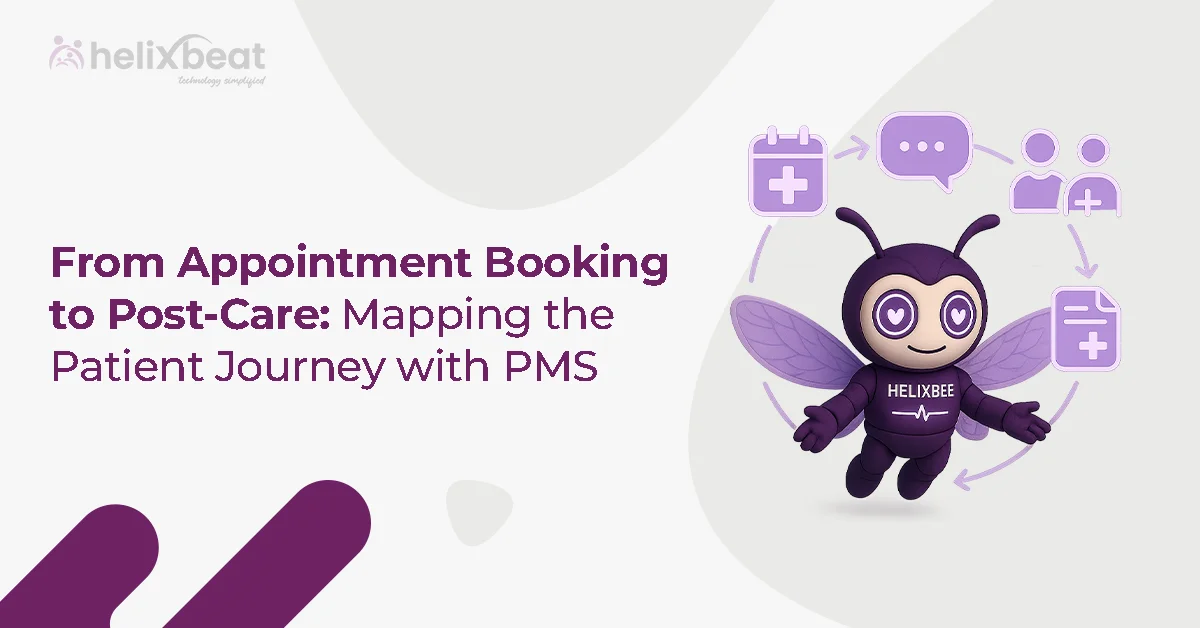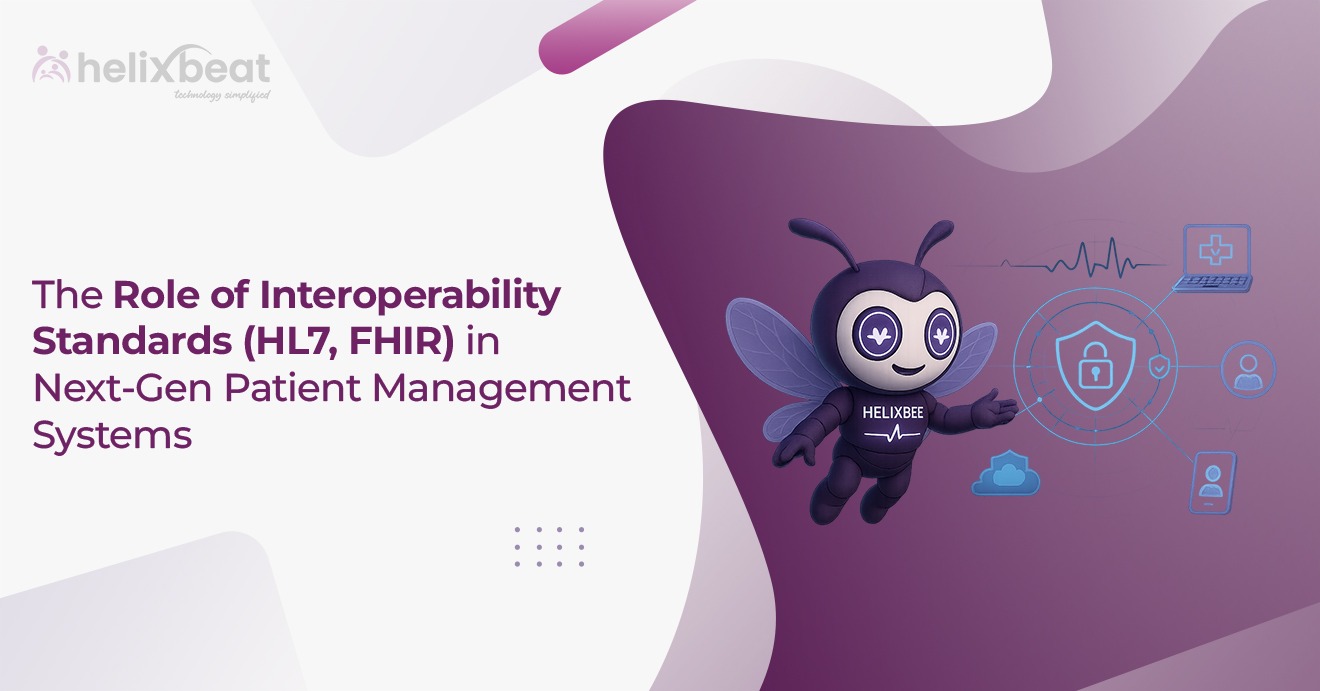Imagine running a small clinic where every day is a race to keep things on track. Payments from insurance companies and patients are coming in, but without clear visibility into what’s been paid and what’s still outstanding, it’s like trying to drive a car with fogged-up windows. This is where advanced payment reporting and insights come in.
With real-time tracking, you can see exactly where payments are, spot patterns in your cash flow, and take control of your finances. These insights aren’t just nice to have—they’re essential for smoother operations and better decision-making.
Table of Contents
Importance of Advanced Payment Reporting Insights
Advanced payment reporting and insights empower healthcare providers to monitor and assess the flow of payments in real time, providing critical visibility into how payments are being processed, what is outstanding, and where improvements can be made. This includes tracking insurance payments, patient co-pays, deductibles, and outstanding balances. The ability to access this data in a clear, comprehensive, and actionable format leads to more informed decision-making and better financial outcomes.

Example: A Small Clinic’s Payment Struggles
Consider the example of a small clinic that relies on manual billing systems. The clinic uses a paper-based approach or outdated software to track patient payments, insurance reimbursements, and co-pays. Due to the lack of visibility and integration, it’s difficult to spot trends or anomalies, such as delayed payments or inaccurate billing. A few months into the year, the clinic finds that its cash flow is suffering, and there are rising accounts receivable (A/R) balances that have not been collected for months. Without advanced reporting insights, the clinic would have continued operating in the dark, missing opportunities to correct billing errors or proactively follow up on overdue payments.
However, if the clinic had access to advanced payment reporting tools, they could have tracked the exact nature of the delays, analyzed trends in payment issues, and identified areas where collections could be improved—resulting in healthier finances and a smoother operation overall.
Advanced payment insights allow providers to:
- Monitor Real-time Payment Data – Get up-to-date information on payments, claims, and reimbursements.
- Identify Payment Trends – Spot patterns that might indicate issues with a payer, service line, or demographic group.
- Analyze Denials – Quickly see which claims are being denied and take corrective action.
- Streamline Revenue Cycle – Use payment data to pinpoint inefficiencies and optimize the revenue cycle management.
Challenges Without Proper Payment Reporting and Insights
Without advanced payment reporting and insights, healthcare providers face several key challenges, which can lead to financial difficulties, administrative burdens, and compromised patient care. Below are some of the challenges that arise when providers lack these insights:
1. Inefficient Revenue Cycle Management
Without proper insights, healthcare providers often face long delays in payment collection. Inadequate payment tracking can lead to missed opportunities for follow-up on unpaid claims, especially in cases where insurers or patients may have forgotten to make payments. A lack of real-time data makes it difficult to track outstanding payments, increasing the time it takes to receive the funds that are rightfully owed.
2. Delayed Cash Flow and Increased Accounts Receivable (A/R)
When payments are not being tracked accurately or are being delayed, providers may experience a cash flow crunch. This often leads to an increase in A/R, which can grow to unmanageable levels, especially when payments are lost in a manual process or there are errors in claims submissions.
3. Billing and Coding Errors
When payment data is not being accurately tracked or reviewed, billing errors are bound to occur. Misunderstandings or mistakes in coding claims can lead to rejections or denials, which only lengthen the process of receiving payment. Additionally, it becomes challenging to identify the root causes of errors without advanced reporting tools, leading to frustration among staff and patients.
4. Limited Visibility Into Payment Performance
Without an integrated reporting system, healthcare providers may lack a clear picture of their payment performance across various channels. For example, they may struggle to assess the financial impact of different payers, insurance providers, or patient demographics on their bottom line. This lack of visibility makes it difficult to make informed decisions about payer contracts or adjust pricing strategies based on performance data.
5. Patient Dissatisfaction
In healthcare, the patient experience is paramount. Without advanced reporting, patient payment data can get lost in the shuffle. For example, patients may receive incorrect bills or face unexpected charges, which can lead to dissatisfaction and confusion. By having accurate and transparent reporting in place, providers can reduce the chance of these billing errors and improve patient trust and satisfaction.
Paynova Advanced Payment Reporting Insights
Providers are frequently confronted with billing errors, delayed payments, insurance denials, and mounting accounts receivable (A/R). Addressing these issues efficiently can make the difference between a thriving healthcare practice and one that struggles with cash flow. Paynova, a leading solution for advanced payment reporting, helps healthcare providers streamline their payment processes, optimize revenue cycles, and improve financial performance with its suite of insightful features.
1. Real-Time Data and Dashboards
One of the core benefits of Paynova is its ability to provide real-time data through user-friendly dashboards. This feature offers healthcare providers immediate access to key payment metrics, such as claim statuses, insurance reimbursements, patient co-pays, and outstanding balances.
Consider a hospital managing both insurance-covered and self-pay patients. With Paynova, the billing department can instantly access the latest payment data, viewing which claims are pending, which patients have outstanding balances, and identifying potential delays in payment. This real-time data helps providers respond promptly to outstanding payments, ensuring timely follow-ups and improved cash flow.
For example, if a patient’s co-pay is overdue or a claim has not been processed by an insurer, Paynova’s dashboard provides an immediate snapshot of the issue, allowing the billing team to address it promptly and reduce payment delays.
2. Payment Analytics
Paynova’s robust analytics capabilities take payment reporting beyond the basics. By offering detailed insights segmented by payer, patient, service line, or even the specific healthcare provider, Paynova enables healthcare organizations to analyze their payment data in depth.
For instance, a medical practice that handles a variety of specialties like cardiology and dermatology can use Paynova’s payment analytics to identify which areas experience more payment delays or frequent denials. If an insurer is responsible for the majority of delays, the practice can initiate targeted negotiations or adjust their billing process to improve reimbursement times.
Advanced analytics also allow providers to identify patterns in denials or aging A/R accounts. This helps streamline the claims process and reduces the amount of time spent on unpaid or underpaid claims, improving revenue cycle efficiency.
3. Automated Denial Management
Denial management is a challenging and time-consuming process for many healthcare providers. Paynova helps solve this problem by automating denial detection and categorization. When a claim is denied, the system flags it automatically, categorizes the reason for the denial, and presents it in an easily accessible format.
For example, if an insurance company denies a claim due to an incorrect procedure code, Paynova will immediately highlight this issue, enabling the provider to resubmit the claim quickly after correcting the error. This system dramatically reduces the time spent tracking denials and allows healthcare providers to address issues faster, minimizing payment delays.
For large healthcare networks, where thousands of claims are processed monthly, Paynova’s automation reduces administrative workload, ensuring that denials are handled efficiently and with minimal manual intervention.
4. Cash Flow Optimization
Healthcare providers must maintain healthy cash flow to ensure smooth operations. However, identifying where payments are getting delayed can be a challenging task without advanced reporting tools. Paynova optimizes cash flow by identifying payment bottlenecks and providing insight into the sources of delays.
For example, Paynova can highlight instances where payments are being delayed due to slow insurance reimbursements. By pinpointing the payers causing delays, providers can take action to follow up with insurers more aggressively or renegotiate reimbursement terms. Additionally, Paynova helps identify internal inefficiencies in the payment process, such as coding errors or missing patient information, allowing providers to resolve these issues and expedite payment collection.
5. Customizable Reports
Every healthcare organization has unique financial reporting needs. Paynova’s customizable reports give providers the flexibility to tailor their payment insights based on specific objectives, such as tracking high-deductible health plan (HDHP) patients or monitoring specific payer trends.
For example, a hospital could configure reports to track payments by service line, helping identify which departments or specialties are generating the most payment delays or denials. This customizable approach allows providers to focus on the areas that require the most attention and prioritize their efforts to improve revenue collection.
These customizable reports can also be shared with key stakeholders within the organization, driving strategic discussions about optimizing the revenue cycle and addressing payment-related challenges.
6. Compliance and Security
In the healthcare sector, ensuring compliance with regulations such as HIPAA is non-negotiable. Paynova places a high priority on the security of payment data, ensuring that all sensitive patient and financial information is handled according to industry standards. This security feature provides peace of mind to healthcare providers, knowing that they are adhering to stringent privacy regulations.
By ensuring that all payment data is encrypted and stored securely, Paynova helps healthcare organizations maintain regulatory compliance, avoid costly fines, and protect patient trust. Providers can confidently use the platform without worrying about data breaches or non-compliance risks.
Final thoughts
Consider the difference between a healthcare practice stumbling in the dark and one that’s equipped with advanced reporting tools like Paynova. The latter has clear, actionable data at its fingertips—allowing providers to fix billing errors before they spiral, track payments efficiently, and optimize their cash flow. By using these insights, healthcare providers not only improve their bottom line but also enhance the patient experience, ensuring that no payment slips through the cracks and no issue goes unaddressed. It’s the key to better financial health for both the practice and the people it serves.
Frequently asked question
- What is advanced payment reporting in healthcare?
Advanced payment reporting helps healthcare providers track and analyze payments in real-time, improving cash flow, billing accuracy, and revenue cycle management.
- How does advanced payment reporting improve cash flow?
It provides real-time insights into outstanding payments, identifying delays, denials, and bottlenecks, enabling timely follow-ups and improving payment collection.
3. Why is it important for healthcare providers to use payment analytics?
Payment analytics allow providers to spot trends, track denial patterns, and identify inefficiencies, helping to optimize the revenue cycle and reduce administrative burdens.
4. What challenges do healthcare providers face without payment reporting insights?
Without proper insights, providers struggle with delayed payments, increased accounts receivable, billing errors, and a lack of visibility into payment performance.
5. How does Paynova help with denial management?
Paynova automates the detection and categorization of denied claims, enabling providers to quickly address errors and resubmit claims, reducing payment delays.
6. Can advanced payment reporting help reduce billing errors?
Yes, by providing clear data and trends, it helps providers spot and correct billing and coding errors, reducing denials and improving accuracy in claims processing.
7. How does real-time reporting benefit healthcare organizations?
Real-time reporting gives immediate access to key payment metrics, allowing providers to address issues quickly, improving cash flow and reducing administrative delays.
8. Is Paynova secure and compliant with healthcare regulations?
Yes, Paynova ensures compliance with regulations like HIPAA, encrypting sensitive data and helping providers maintain privacy and security in payment processing.














